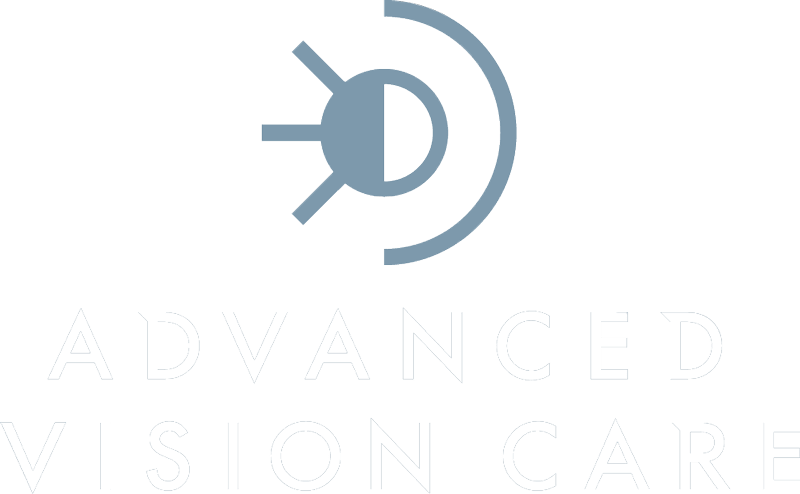Cataracts are one of the most common conditions in the world, affecting over 100 million people globally. It is the clouding of the eye’s natural lens and as a result of this, the patient experiences vision problems.
Eye cataract in Los Angeles is not painful and is treatable. Cataracts aren’t formed all of a sudden. They develop over the course of a few years. At first, cataracts may not cause any vision problems. However as they continue to develop, you may start to notice blurry vision that isn’t correctable with a new glasses prescription. Solutions are available; contact our office for information on our cataract treatments in Los Angeles.



